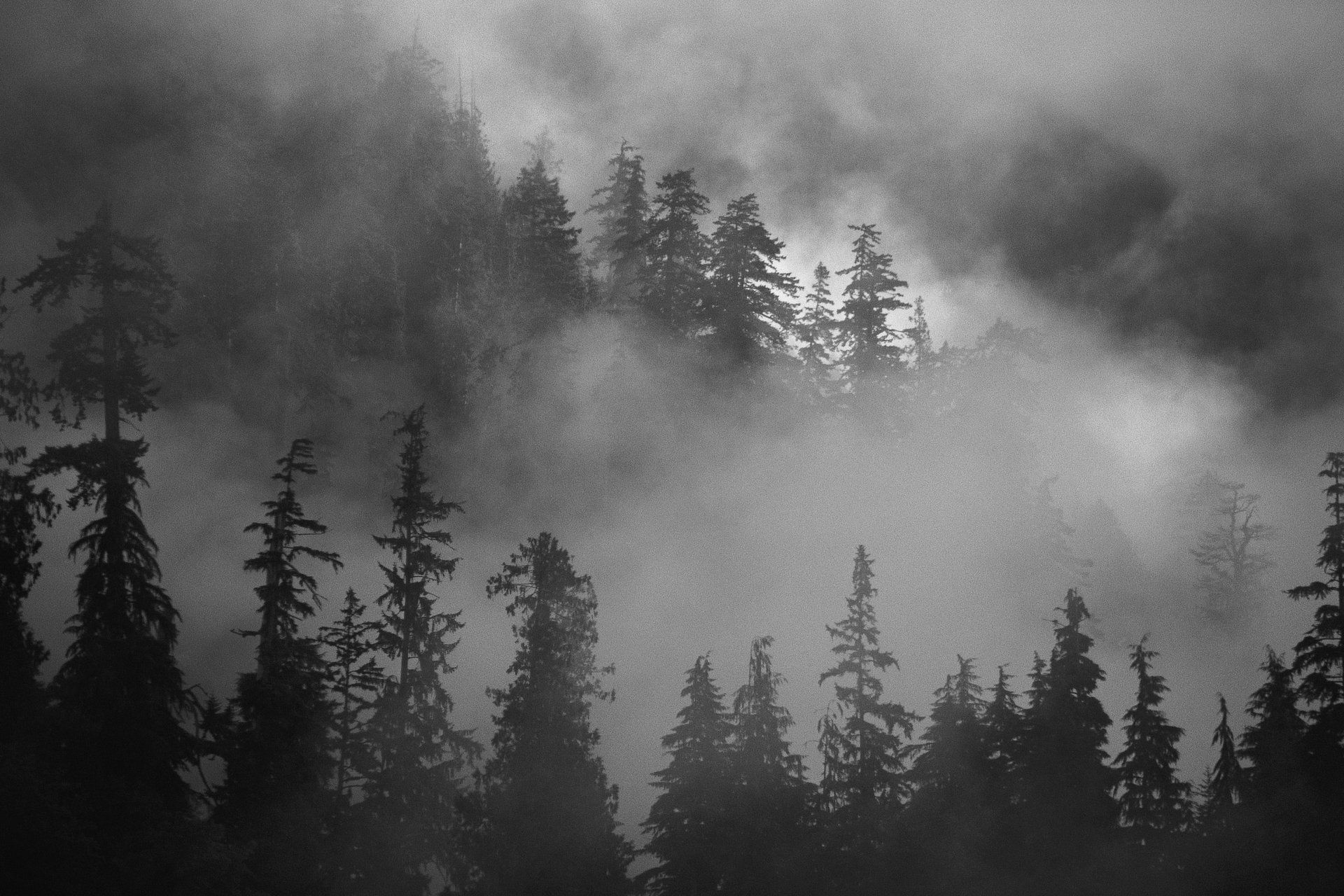- Jan 23, 2009
I have always been fascinated by maps. Not handsome, historical maps, but ones I might actually use. These days I spend an absurd amount of time on Google Maps or finding myself frustrated by various trip routing software. I’ve just bought a cheapo GPS for my car.
Part of it is that I get lost rather easily. For a while, when Indigo Bunting lived in Maryland and her husband lived in Vermont (both because of job demands), she was flying up to see him periodically and I would pick her up from the airport, one I have been to dozens and dozens of times. And every single time, on the trip back home, I would take a wrong turn somewhere and get us lost. Twice, maybe three times, I have picked up a friend at Orlando International and have gone west toward Tampa instead of east toward home. I think I make the mistake of thinking I can talk and drive at the same time, when I can barely manage to do even one of them adequately.
The deeper pull of maps seems to be tied to two things: a sense of being lost in the world, and needing some kind of spiritual cartography program that will help me navigate life a little better; and the notion that the inner landscape of the soul can be described, at least symbolically, in an image that is found in the iconography of countless cultures.
The indigenous peoples of this continent (though I prefer the Canadian term, “First Nations”) call this image the Medicine Wheel.
It’s a term that was first applied to the
Bighorn Medicine Wheel in Wyoming because of both the healing associated with it and the religious and spiritual significance of the site. As I noted a while back, the Bighorn Medicine Wheel is a solar calendar built by the people who lived here around 800 years ago (the star alignments are most accurate for about 1200 C.E.). It’s a circular arrangement of stones measuring 80 feet across, with 28 rows of stones radiating from a central cairn to an encircling stone rim. The central cairn is about 12 feet in diameter and 2 feet high. Placed around the periphery of the wheel are five smaller stone circles. Its 28 “spokes” may symbolize the days in a lunar month. It is one of the most important and well preserved ancient Native American sacred site complexes in North America.
And it remains a sacred site today. Numerous contemporary ceremonial staging areas, medicinal and ceremonial plant gathering sites, sweat lodges, altars, and vision quest shelters can be found nearby.
Stone structures, of course, have been used by many (if not most) cultures as sacred architecture, and like the pyramids or Stonehenge, most of them seem to have been used in part as sort of an astronomical observatory. But the big thing about medicine wheels is their correlative power.
Pretty much all Native American peoples acknowledge the Four Directions as symbolic and spiritual forces. Most ascribe different colors to the directions—the Lakota and the Hopi, for example, use white, yellow, red, and black to represent the human race. In other cultures the directions represent four different stages of human physical development (childhood, youth, adulthood, and old age); the four classical Elements; the four seasons; the phases of the moon; etc. Some tribes count “above” and “below” as two additional directions; some use an eightfold directional map, the way modern mapmaking does.
For several years now I have been working on a comprehensive correlative “map” that uses the medicine wheel as its basis; as you can see from the tagline for the blog itself, I see the medicine wheel as a universal map of the human psyche. In coming weeks I hope to explore some of the connections I’ve discovered, if you’re interested. I’ve been able to overlay it with the eight trigrams of Chinese cosmology, the Bagua; the eightfold model of human consciousness, developed and articulated by Timothy Leary, Robert Anton Wilson, Antero Alli, and John C. Lilly; the Noble Eightfold Path of Buddhism; the ongoing work of philosopher Ken Wilber and transpersonal psychologist Stan Grof; classical astrology; and even the ego-functions (faculties of consciousness) of the Jungian typology. I hope you’ll stay tuned.

